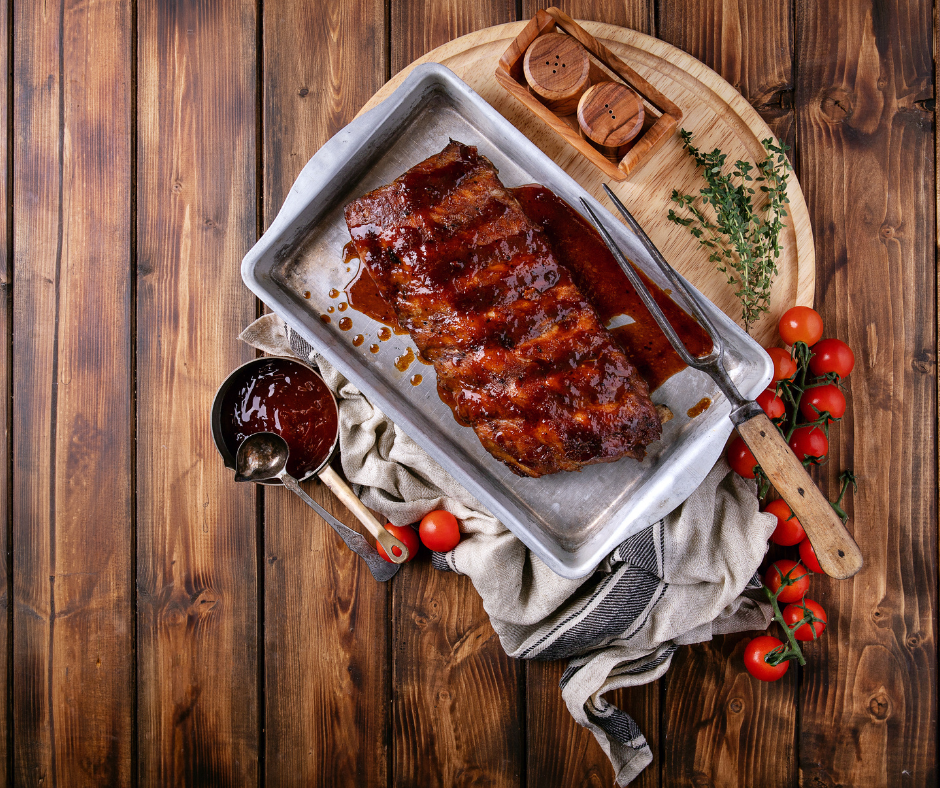Barbecue sauce is known for its satisfying combination of complementary flavors that create the perfect addition to many grilled, smoked and fried favorites. But how did this sauce and its many variations come to be? We dug deep into history to find out.
Barbecue as a cooking style has long been evidence of community gathering and sharing, preparing large quantities of food to be slowly cooked and enjoyed in the presence of many. This preparation of meat by smoking or drying allowed for it to be preserved long before other methods became possible with electricity. Sauces and liquids were utilized to bring this preserved meat back to flavorful life. Referencing Harold McGee’s On Food and Cooking: The Science and Lore of the Kitchen, Chinese Chef I Yin is noted for his combinations of sweet and sour within sauces as early as 239 BC.
During the early colonization of the “New World”, Spanish colonizers, in what is now known as the southern United States, introduced the pig to the slow cooking methods of the Taino tribe of Indigenous peoples of the Caribbean and Florida regions. Here, a wide-reaching influence of flavors met in the sauces shared in this food exchange: wine, vinegar and salt from Spain, sugar cane and molasses from the Caribbean, chile peppers from Central America, and tomatoes from South America.
Many variations of barbecue (or BBQ) sauce exist today, unique to each region across the United States. However, consistent in most recipes is the combination of opposing flavors that make for a surprisingly harmonious condiment! The brown sugar balances the acidity of the tomato, vinegar and/or mustard and the molasses (that makes brown sugar brown) adds a depth of flavor. Here are a few recipes for the regional varieties of barbecue sauce:
- The most well-known sauce associated with barbecue across the U.S. is from Kansas City. This recipe is sweet and spicy, tomatoey and thick.
- North Carolina barbecue sauce is known to be much more watery and vinegar-based. This recipe gives you a sour/bitter experience.
- South Carolina does things differently with their mustard-based barbecue sauce. This recipe was heavily influenced by German immigrants and creates a tangy flavor.
- Southwestern United States sticks to more heavily tomato-based sauces. This recipe is popular for its sweetness.
- Texas barbecue sauce edges towards spicier, smokier and thinner than most with this recipe.
Give them all a try this summer!




Get Social with #MoreToSugar